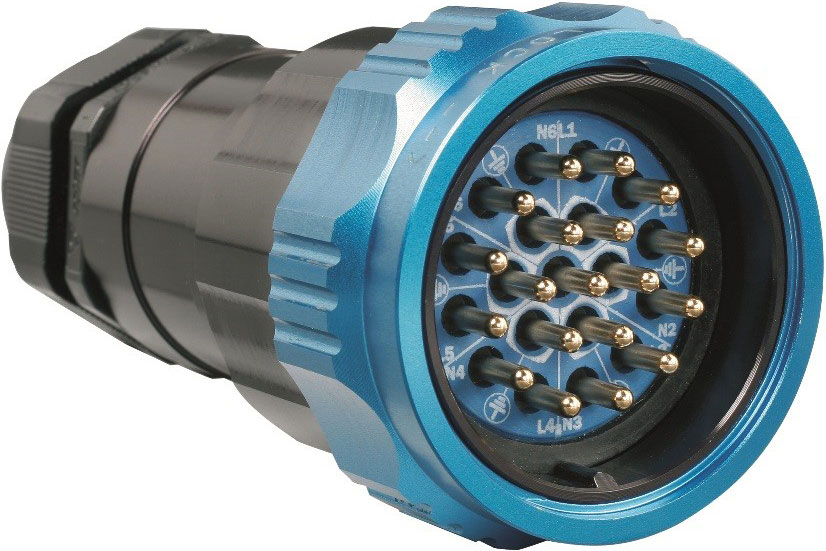Or first project, Miks 2018 – Pu’uomao Yard Office and (Maybe) Observation Tower had fallen on hard times. Part of the Triple O - 2025 Plans & Objectives included restoring this tower and analog power on/off station to some of its former glory. As with our collective efforts at Refurbishing Mama’s Bakery No Ka Oi, part of the challenge will be to preserve some of its childish charm while still incorporating lessons learned over seven years of garden railroading! This balance has become especially poignant as this project began just as Oldest Son’t PLAYMOBIL legio, pirates, and knights began a slumber that will not end until his own children discover the magic in their smiling 1:24 persons. “This cannot be just your hobby,” CINCHOUSE once admonished, yet I feel the day when it is mine to pursue alone coming ever closer.
First, this little building was only supposed to control two tracks. As the picture below shows, the number of tracks in this area is now four:
To the left are the permanent tracks of the M&K sugar company (power source A); to the right are the engine service tracks and mainline of the Triple O (power source B). The rebuilt tower will need to be able control DC power to all four tracks. To do this, I intend to tap the “hot” rail on each side of the yard, run it to a common bus, then use switches to turn the various tracks on/off, before running the lot back to the individual track. I sketched out the concept for Triple O tracks below:
This would be repeated on the M&K tracks. All wires would route back to the building where they would feed their buses and switches. We also want to be able to quickly disconnect this building between runs.
Question #1: Are their six wire connectors (two “hot wires” coming in; 4 “cold” wires running out) that would enable this project? The idea is that one “hot” wire would run from the Triple O to a bus, power the switches, and then individual “cold” wires would run from the switches to the track. The same would be true on the M&K side of the yard.
Question #2: What is the best way to take two “hot” leads and combine them into one? I found both outdoor twisty-doo-dads and three point crimping things at our hardware store. The cost is an effective wash.
Question #3. Are knife switches OK, or will corrosion over time make them a maintenance issue? These are just cool.
They also make it obvious that a track is live. The final product will be stored outside, though, so I’d prefer not to get something that is too susceptible to corrosion. Whatever switch we use, it will be in a new second story, with three of four sides closed to the elements.
This project has priority on the bench, so the 1:24 gang got orders to help to prevent errors from 1:1 desire to rush. Over the weekend, they helped Kid-zilla and I disconnect the tower from the tracks…
…and strip bad wood from good.
I thought a materials study would be of interest. In general, the treated 2x4 core is sound, as are almost all of the tongue depressors that formed the cladding, as seen in the post-stripping photo below.
The presumably basswood parts were a mixed bag. Horizontal elements in contact with the Hardiebacker floor showed rot…
…as did timbers facing the prevailing winds.
Almost all vertical components also showed rot.
The basswood and tongue depressor deck was finished.
It now serves as an abandoned dock on Lake Inferior.
The kebab stick lattice for the roof, to include TiteBond III soaked lashings, came through pretty well…
We plan to reuse this.
I would note that the expanding foam we used to simulate a “rock” foundation is all but gone. I plan to see if I can recreate this using the bag of scrap foam we’ve saved from countless other projects.
The light switches did OK, too, though we’ll see if the rust that formed on the various screws will preclude swapping out the wire for lamp chord wire!
And there you have it. When this is done, it will:
- Control four tracks.
- Have a second story.
- Keep its tropical observation deck.
- Maintain some (most?) of its whimsy.
Updates as progress merits!
Eric





















